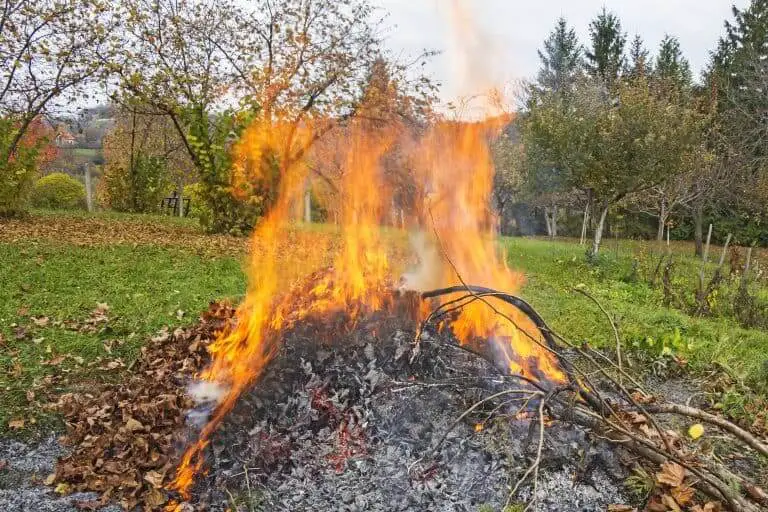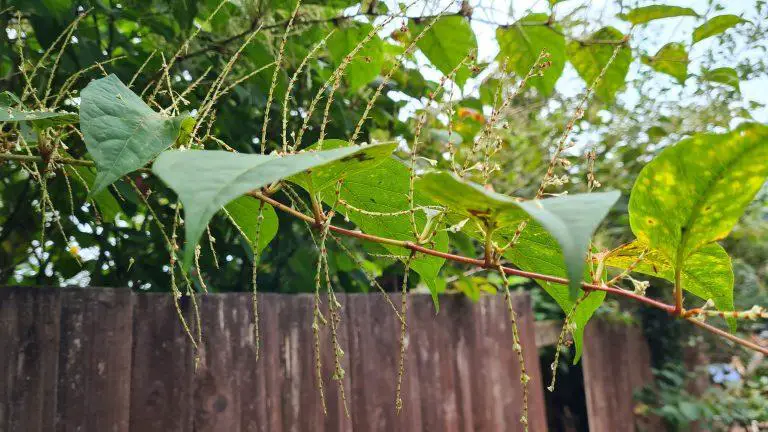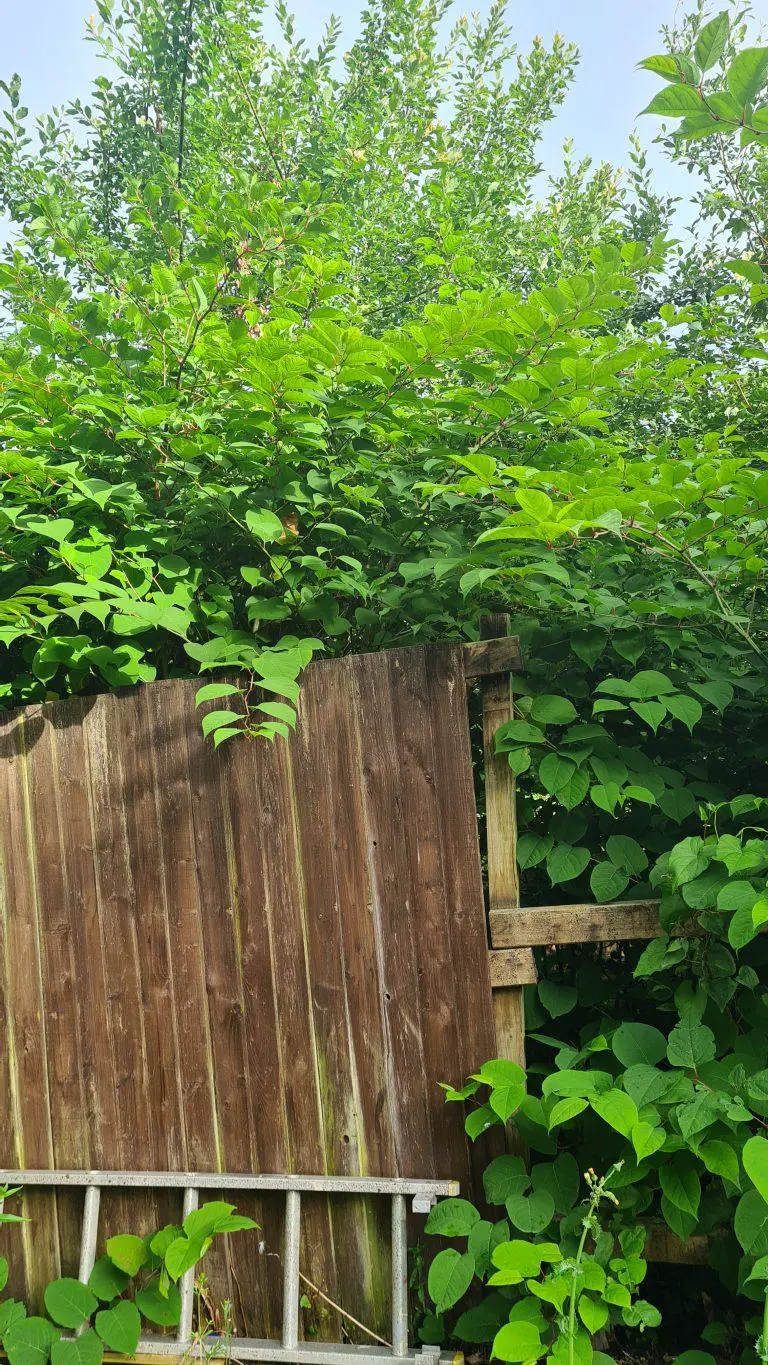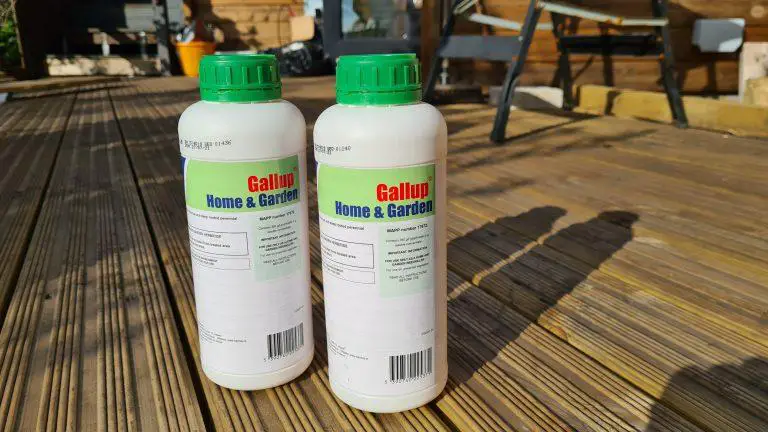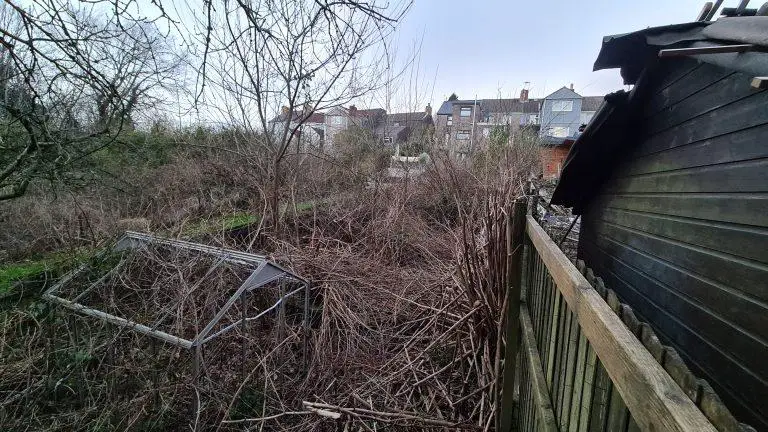If you’re dealing with Japanese Knotweed, you know how invasive and difficult it can be to control. This aggressive plant can quickly take over your garden and even damage your property’s foundation. That’s why it’s crucial to treat it at the right time of year to ensure the best results.
The best time to treat Japanese Knotweed is during the summer months when the plant is in full growth mode. This is when it’s most vulnerable to herbicides, making it easier to eradicate. However, timing is everything, and you’ll need to apply the treatment at the right time to ensure success. There are several treatment plans available, including chemical herbicides, excavation, and stem injection. Each of these methods has its advantages and disadvantages, so it’s essential to choose the right one for your situation.
Understanding Japanese Knotweed
Identification and Characteristics
If you’re dealing with Japanese Knotweed, it’s important to be able to identify it. Japanese Knotweed is an invasive plant that can grow up to 3 meters tall. It has distinctive, heart-shaped leaves that are around 10cm long and wide. The plant’s stems are hollow, and it has a bamboo-like appearance. The flowers of Japanese Knotweed are small, creamy-white, and appear in late summer.
Japanese Knotweed spreads through its rhizome, which is an underground stem that can grow up to 7 meters deep and 3 meters wide. This makes it a very difficult plant to get rid of. It can grow through concrete, tarmac, and even the walls of buildings.
Spread and Impact
Japanese Knotweed is a highly invasive plant that can cause significant damage to the environment. It can grow at a rate of up to 10cm per day, and can quickly take over an area. It can also impact the structural integrity of buildings and other structures, as it can grow through cracks and cause damage to foundations.
If you have Japanese Knotweed on your property, it’s important to take action to control it. Leaving it to grow unchecked can cause serious problems down the line. There are a number of treatment options available, which we’ll cover in the next section.
In summary, Japanese Knotweed is an invasive plant that can cause significant damage to the environment and structures. It spreads through its rhizome, which can grow through concrete and other materials. It’s important to be able to identify Japanese Knotweed and take action to control it.

Methods of Control
Chemical Methods
Chemical methods are one of the most effective ways to control Japanese Knotweed. Herbicides containing glyphosate are commonly used to control this invasive plant. Glyphosate works by killing the plant’s roots, which prevents it from growing back. It is best to apply glyphosate in late summer or early autumn when the plant is actively growing.
When using herbicides, it is important to follow the instructions carefully. Wear protective clothing and avoid spraying on windy days to prevent the herbicide from drifting onto other plants. Glyphosate can also harm non-target plants, so it is important to be careful when applying it.
Non-Chemical Methods
Non-chemical methods of control include cutting, digging, smothering, injections, pruning, tarping, and burning. Cutting and digging can be effective, but it is important to remove all the roots to prevent regrowth. Smothering involves covering the plant with a tarp or other material to prevent sunlight from reaching it. This method can take several years to be effective, and it may not work in areas with heavy rainfall.
Injections involve injecting herbicides directly into the plant’s stem. This method is effective but requires a high level of skill and should only be carried out by a professional. Pruning can be used to control the plant’s growth, but it will not eliminate it completely. Tarping involves covering the plant with a tarp and leaving it in place for several years. This method can be effective but may not work in areas with heavy rainfall.
Burning can be used to dispose of Japanese Knotweed, but it should only be done by a professional. Burning can release harmful chemicals into the air and can also spread the plant’s seeds.
Overall, the most effective method of control will depend on the location and severity of the infestation. It is important to consult with a professional to determine the best course of action.
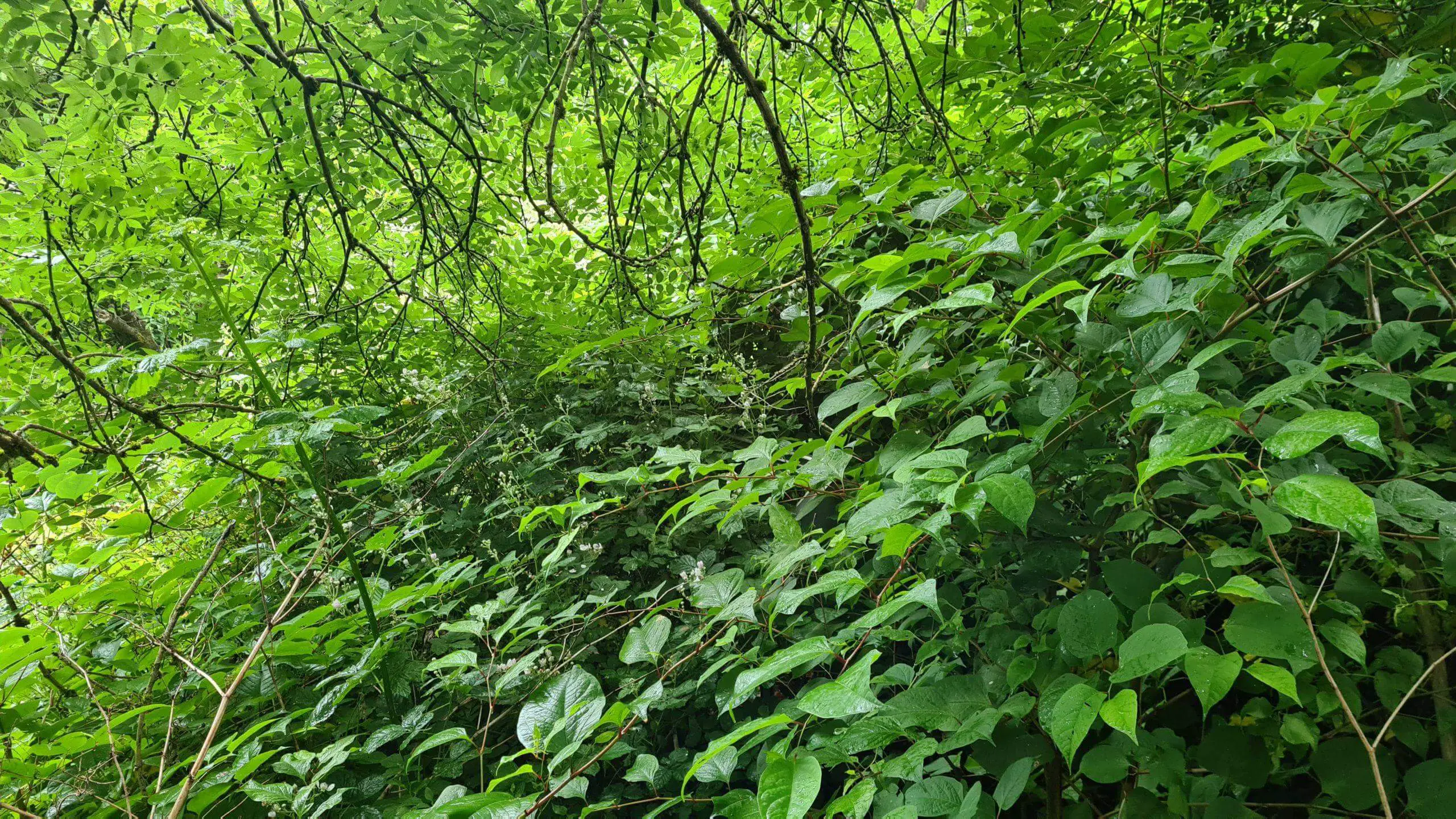
Best Time of Year to Treat Japanese Knotweed
Summer Months
The summer months, from June to August, are the best time to treat Japanese Knotweed. During this time, the plant is actively growing and is more vulnerable to herbicides. The warm weather also helps to speed up the growth of new shoots, which makes it easier to spot and treat the plant.
If you plan to use herbicides to treat Japanese Knotweed, it’s important to apply them during the summer months, when the plant is actively growing. This will ensure that the herbicide is absorbed by the plant and is effective in killing the roots.
Autumn and Winter Months
Autumn and winter are not the best times to treat Japanese Knotweed. During these months, the plant is dormant and is less vulnerable to herbicides. However, if you have missed the summer window, you can still treat the plant during the autumn and winter months using a method called stem injection. This involves injecting herbicide directly into the stem of the plant, which can be effective in killing the plant and preventing regrowth.
Early Spring
Early spring, from March to May, is also a good time to treat Japanese Knotweed. During this time, the plant is starting to grow again, but it is not yet fully established. This makes it easier to treat the plant and prevent it from spreading.
If you plan to treat Japanese Knotweed in the early spring, it’s important to do so before the plant has fully established itself. This will help to prevent the plant from spreading and causing further damage.
In conclusion, the best time to treat Japanese Knotweed is during the summer months, when the plant is actively growing. However, if you miss this window, you can still treat the plant during the autumn and winter months using stem injection, or in the early spring before the plant has fully established itself.
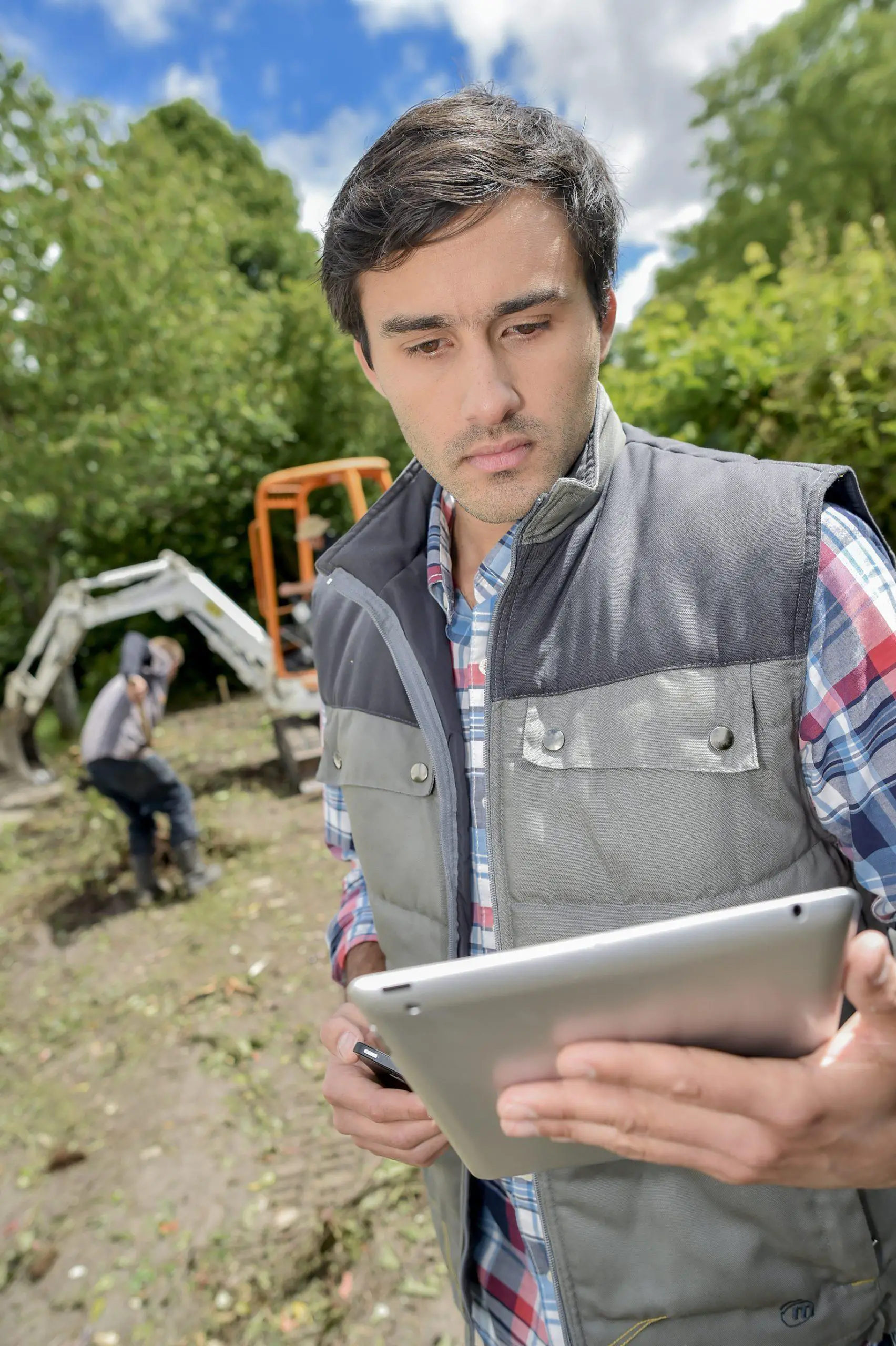
Treatment Plans
If you have Japanese Knotweed on your property, you will need to develop a treatment plan to control its growth. There are two main options available: professional treatment and home treatment.
Professional Treatment
Professional treatment involves hiring a specialist company to deal with Japanese Knotweed. This is often the best option if the infestation is large or difficult to access. The professionals will use a range of methods to control the growth of the plant, including herbicides, excavation, and stem injection.
Herbicides are a popular method of controlling Japanese Knotweed. The professionals will apply a specialist herbicide to the plant, which will kill it over time. This method is effective, but it can take several years to completely eradicate the plant.
Excavation is another method that professionals use to control Japanese Knotweed. This involves digging up the plant and removing it from the site. This method is effective, but it can be expensive and time-consuming.
Stem injection is a newer method of controlling Japanese Knotweed. This involves injecting a specialist herbicide directly into the stem of the plant. This method is effective and can be used in areas where excavation is not possible.
Home Treatment
Home treatment involves treating the Japanese Knotweed yourself. This is often the best option if the infestation is small and easy to access. There are a number of methods that you can use to control the growth of the plant, including herbicides, digging, and covering.
Herbicides are a popular method of controlling Japanese Knotweed. You can buy specialist herbicides from garden centres or online. Follow the instructions carefully and apply the herbicide to the plant as directed.
Digging is another method that you can use to control Japanese Knotweed. Dig up the plant and remove as much of the root system as possible. Dispose of the plant and root system in a sealed bag and take it to a licensed waste facility.
Covering is another method that you can use to control Japanese Knotweed. Cover the plant with a thick layer of plastic or tarpaulin and leave it for several months. This will prevent the plant from receiving sunlight and eventually kill it.
Remember to wear gloves when handling Japanese Knotweed, as it can cause skin irritation. It is also important to dispose of the plant and root system carefully to prevent the spread of the plant to other areas.
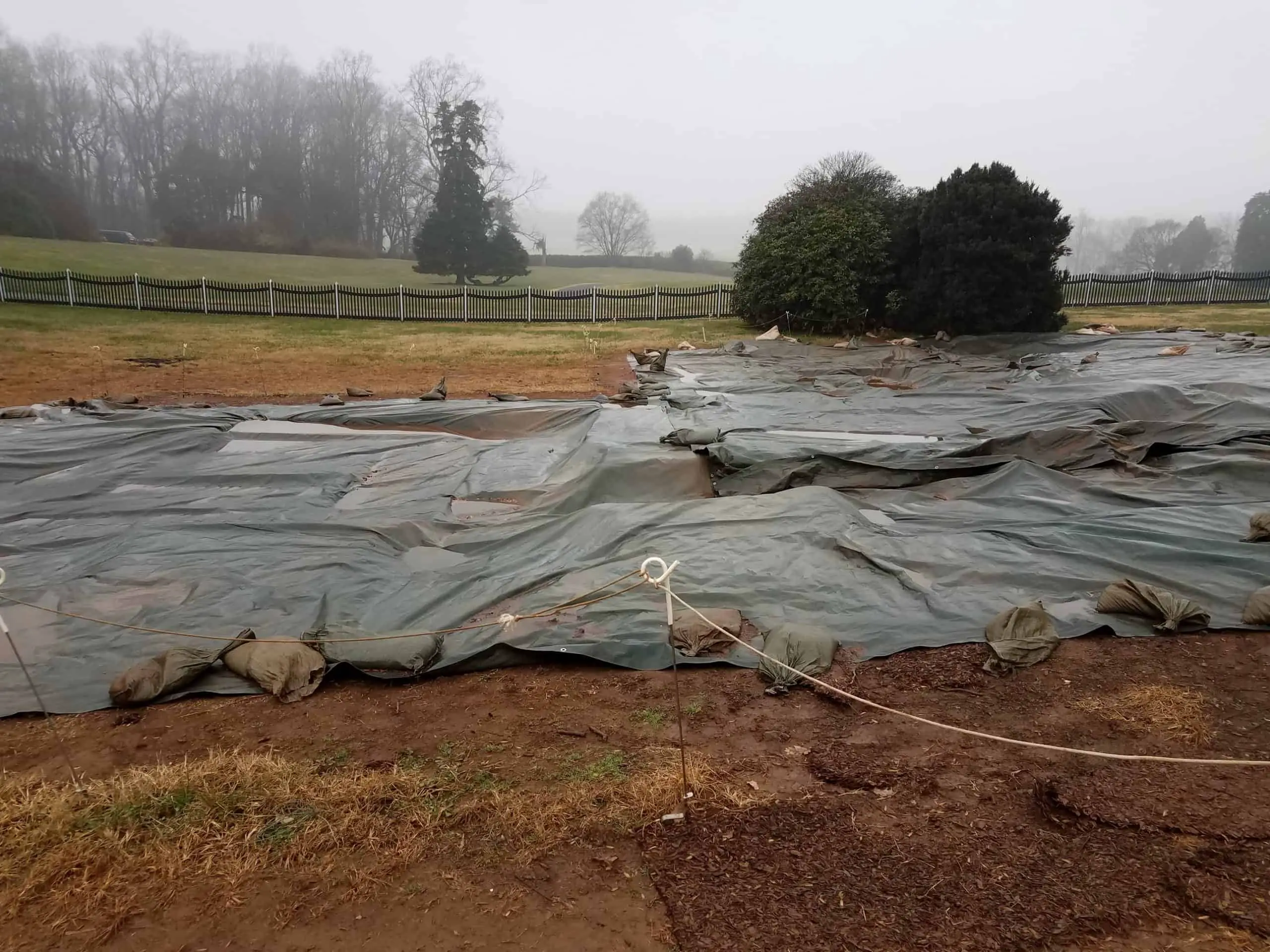
Disposal of Japanese Knotweed
Controlled Waste
Japanese Knotweed is classified as controlled waste under the Environmental Protection Act 1990. This means that it cannot be disposed of with normal household waste and requires special handling. You should never attempt to compost or burn Japanese Knotweed, as this can spread the plant and cause further infestations.
If you are removing Japanese Knotweed from your property, you must ensure that it is transported by a registered waste carrier to a licensed waste management facility. The waste carrier must hold a valid waste carrier’s licence, and the waste management facility must have a permit to accept controlled waste.
Landfill Site
One option for disposing of Japanese Knotweed is to take it to a landfill site. However, not all landfill sites are licensed to accept controlled waste, so you must check with the landfill site before transporting the Knotweed.
When disposing of Japanese Knotweed at a landfill site, it must be double-bagged in heavy-duty plastic bags and securely sealed. The bags must be labelled as containing Japanese Knotweed and must not be opened or broken. You must also provide a waste transfer note to the landfill site, which should include details of the waste carrier and the waste management facility.
It is important to note that disposal of Japanese Knotweed at a landfill site can be expensive, and it is not always the most environmentally friendly option. If possible, it is recommended to consider alternative disposal methods, such as on-site burial or incineration.
Remember, it is illegal to dump Japanese Knotweed in the wild or on someone else’s property. If you are unsure about how to dispose of Japanese Knotweed, contact your local council or a qualified Japanese Knotweed specialist for advice.
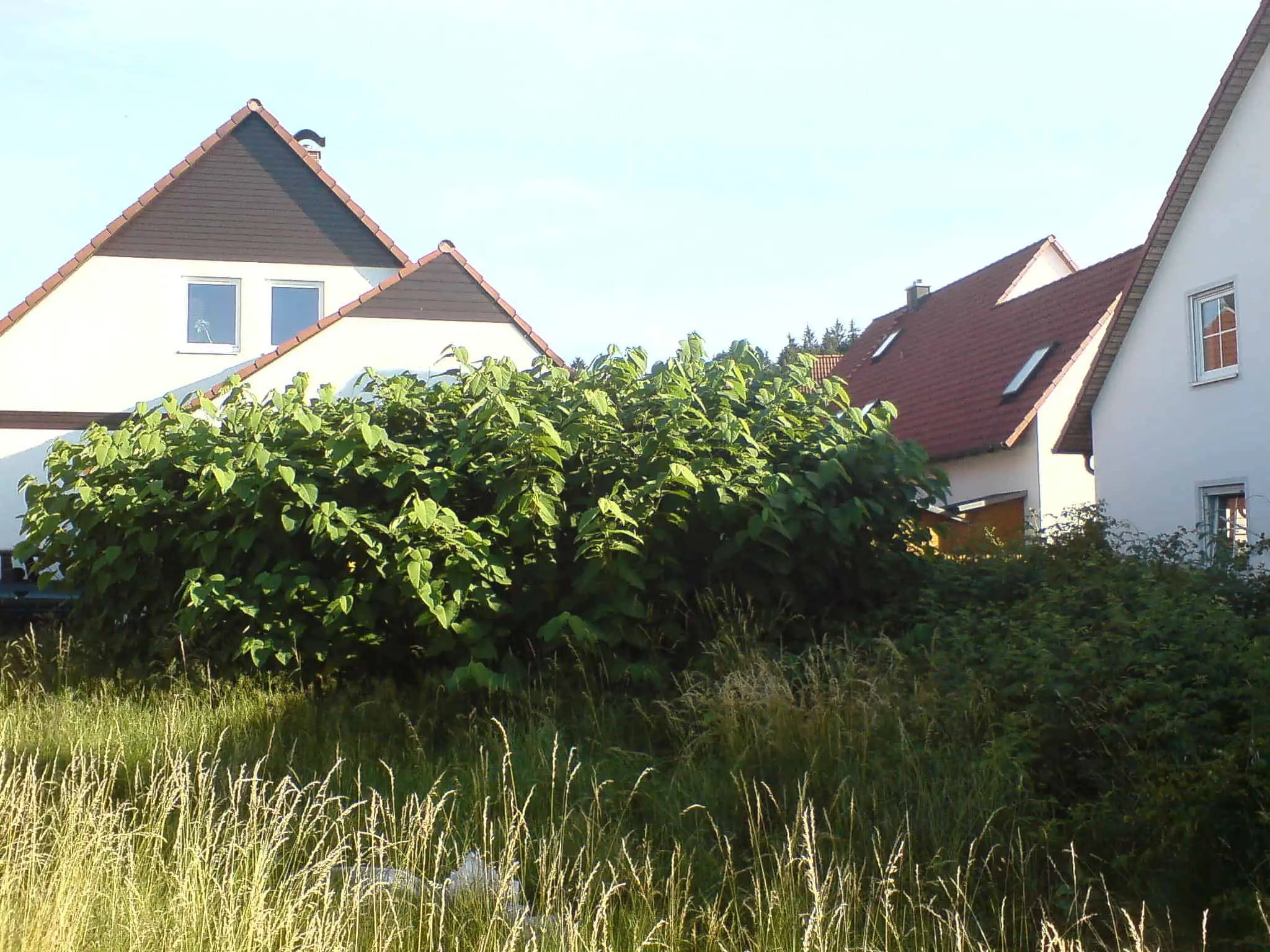
Legal Considerations
Impact on Mortgage and Property Value
If you have Japanese Knotweed on your property, it can have a significant impact on your mortgage and property value. Lenders may be hesitant to provide a mortgage on a property with Japanese Knotweed due to the potential damage it can cause to foundations and other structures. Some lenders may require a Knotweed Management Plan before approving a mortgage, while others may refuse to lend altogether.
If you are looking to sell your property, Japanese Knotweed can also have a negative impact on your property value. Potential buyers may be put off by the presence of Knotweed, and may even ask for a reduction in the asking price to cover the cost of treatment.
Guarantees and Warranties
When it comes to treating Japanese Knotweed, it is important to choose a reputable and experienced contractor. Many contractors will offer guarantees and warranties for their treatments, which can provide you with peace of mind that the Knotweed will not return.
However, it is important to read the terms and conditions of these guarantees carefully, as they may not cover all eventualities. For example, if Knotweed returns due to factors outside of the contractor’s control, such as a neighbouring property with Knotweed, the guarantee may not be valid.
In summary, if you have Japanese Knotweed on your property, it is important to consider the legal implications. It can have a significant impact on your mortgage and property value, and it is important to choose a reputable contractor who can offer guarantees and warranties for their treatments.
Conclusion
In conclusion, treating Japanese knotweed is a complex process that requires careful planning and execution. The best time to treat this invasive plant is during the late summer and early autumn when it is in full bloom and the leaves are fully developed. At this time, the plant is most vulnerable to herbicides and other treatments, making it easier to eliminate.
When treating Japanese knotweed, it is important to use the right treatment plan for your specific situation. This may involve using a combination of herbicides, physical removal, and other methods to effectively eliminate the plant and prevent it from spreading.
It is also important to work with a professional who has experience treating Japanese knotweed, as this plant can be difficult to eliminate and requires specialized knowledge and equipment. By working with a professional, you can ensure that the treatment is carried out safely and effectively and that the plant is fully eliminated from your property.
Overall, treating Japanese knotweed requires patience, persistence, and a thorough understanding of the plant and its growth patterns. With the right treatment plan and professional support, however, it is possible to eliminate this invasive species and protect your property from its damaging effects.

